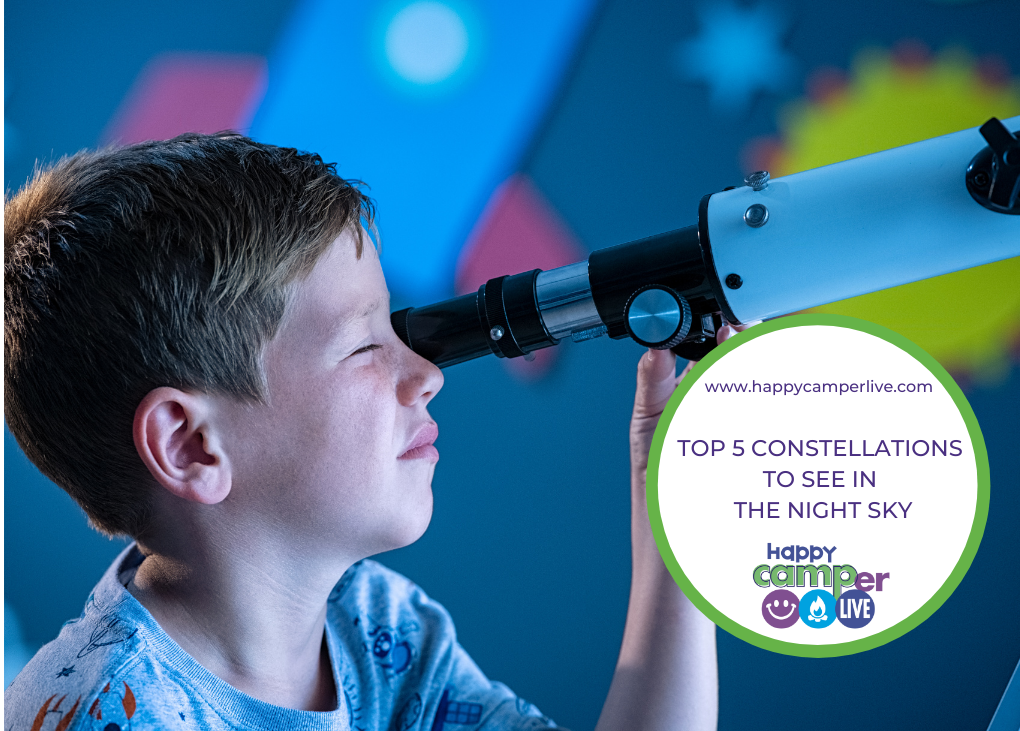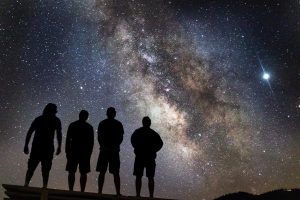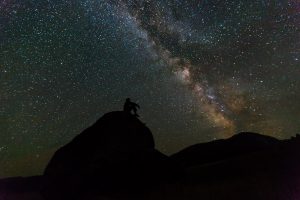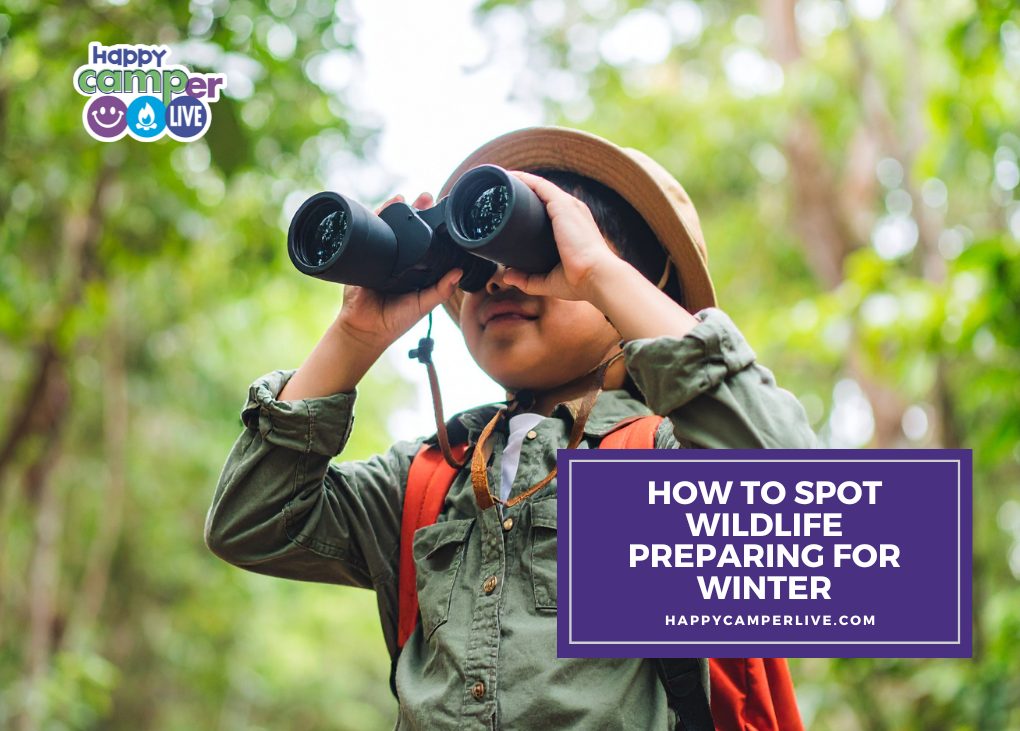
Camp traditions
Outdoor adventure
Science
Top 5 Constellations To See In The Night Sky
Written By: happycamperSummertime is here, and it’s a great time to go stargazing. Wherever you can see the night sky is a perfect place to stargaze. Grab a friend, parent, sibling, or just go outside by yourself and find a perfect place to lay down on your back to look at the beautiful night sky. Depending on where you live you may be able to see all the stars in the sky clearly or maybe just a few. Here are a few constellations that you can spot easily and will help you get started on your stargazing adventure.
Check out these top 5 constellations to see in the night sky.
Ursa Major, ‘The Great Bear’ and the Big Dipper
Though the big dipper is one of the most identifiable clusters of stars in the sky it is technically not a constellation of its own but instead is inside the constellation named Ursa Major. Also known as The Great Bear. The big dipper makes up the back end of the constellation, the hind legs, and the bear’s tail. It looks like a pot with a long handle. Ursa Major consists of eighteen major stars that you can connect to make up the constellation. While the big dipper has seven stars, that means you only have eleven more to connect. This constellation can be seen easily from April to June when all you have to do is look overhead towards the north. You’ll find the big dipper at first and from there you can connect your constellation.
Ursa Minor, ‘THE LITTLE BEAR’ and the Little Dipper
Just like the big dipper, the little dipper is a part of a constellation called Ursa Minor, or The Little Bear. To locate Ursa Minor there are multiple ways. You can either find the brightest star in the sky which is the North Star, that’ll be the little dipper’s handle and the face of Ursa Minor. Or you can find the big dipper, the outer two stars that make up the square of the dipper can be used as a guide to go directly up which will lead you to the North star/little dipper’s handle. The little dipper’s handle is the Little Bear’s tail, and the rest of the little dipper makes up the body of the bear. The easiest part with this constellation is that once you find the little dipper and its seven stars, you have no other stars to look for. The best time to see Ursa Minor is similar to Ursa Major. During April to June in the northern direction of the sky.
Orion, ‘The Hunter’
Orion is one of the largest constellations in the night sky and can be easy to spot. Orion is a huntsman that Zeus himself placed among the stars after his death from a scorpion. The stars map out the hourglass body of Orion with three of the brightest stars as Orion’s belt straight in the middle. Other stars are there to outline his sword, arm, and his bow and arrow. When looking for the constellation remember this, if you are in the northern hemisphere you would look towards the south of the sky to spot him. Or if you are in the southern hemisphere, you will find him towards the northern sky. The perfect time for Orion is during November and early December. Even though it is early in the year you can try your luck and see if you can faintly see the constellation.
Cepheus
This constellation comes from royalty, named after King Cepheus of Ethiopia. The constellation is to represent a king even though it looks similar to a stick house drawing. Five major stars outline the constellation. You’ll be able to find it easier near the Ursa Minor and Cassiopeia (the king’s wife) constellation. Locate the North Star (Polaris) that is in Ursa Minor and it is located in the upper right to the star. The constellation also has the planet Uranus inside it, you would need a telescope to locate this planet since you are unable to see it with the naked eye. November is the ideal time to see Cepheus in the sky clearly with no trouble. You can see it from August to October very faintly.
Cassiopeia
Cassiopeia is the Queen of Ethiopia, ruling next to her husband Cepheus. During her life Cassiopeia was a vain woman, the myth goes that Poseidon placed her and her husband in the sky. She is depicted as sitting on her throne, she spends circling earth half the year sky upside down as punishment. So, depending on what time of the year you are looking for this constellation it will appear to you like the letter “M” or “W” at different times. To locate this constellation, it helps to understand where the North star is, then find Cepheus and she should be on the opposite side of Cepheus away from the North star’s location. Similar to the Cepheus constellation it can be seen clearly in November, but you can also faintly see it in September, the months leading up to November.
Just remember that a constellation is not going to look exactly what it is supposed to represent. Take Cepheus for example, the constellation represents a king, and it looks like a stick figure house. After reading I now challenge you to go outside and spot all these constellations. Also, while you’re at it try and see how many more constellations you can find.
We hope this stargazing activity provides fun family time. Check out the Happy Camper Live Science Camp for other fun science activities!
Tagged:- astronomy, constellations, science camp
RELATED ARTICLES

Activities
Outdoor adventure
How to Spot Wildlife Preparing for Winter
As the seasons change, the natural world puts on one of its most impressive shows: wildlife preparing for winter. From squirrels gathering acorns to birds making their long migrations, this seasonal shift is full of kid-friendly learning moments. If your camper loves nature, this guide will help them identify the signs of animals getting ready […]
Activities
Arts and crafts
Winter-Inspired Arts and Crafts for Campers
Winter is the perfect season to slow down, get creative, and explore arts and crafts inspired by snowy landscapes, cozy traditions, and winter wildlife. Whether campers are spending time outdoors at winter camp or staying warm inside, winter-themed crafts help build creativity, fine motor skills, and a sense of seasonal wonder. Below are fun, age-appropriate […]
Read More...
Activities
Outdoor adventure
Exploring Nighttime Skies: Stargazing Tips for Winter
Winter is one of the best times of year for stargazing. The air is crisp and clear, making stars look brighter and constellations easier to spot. Whether you’re camping out at winter camp or enjoying a cozy backyard adventure, exploring the night sky is a magical way for kids to connect with nature and science. […]
Read More...
Activities
Outdoor adventure
How to Stay Warm and Comfortable During Winter Campouts
Winter camping can be an unforgettable adventure—quiet trails, snowy landscapes, and crisp night skies make cold-weather campouts extra special. But staying warm and comfortable is key to actually enjoying the experience. With the right preparation, winter campouts can be just as cozy (and safe) as summer ones. In this guide, we’ll share practical winter camping […]
Read More...
Activities
Family activities
How to Create a Family Camp Night Indoors for the Holidays
Who says camping is only for summer? When the weather outside is chilly, you can bring the great outdoors inside! An indoor family camp night is the perfect holiday activity for kids—cozy, creative, and packed with laughter. Whether you’re celebrating winter break or looking for a screen-free family night, these ideas will help you turn […]
Read More...
HAPPY CAMPERS
Learn How To Play The Guitar
Read More...
Let’s Play Lacrosse: Skills And Drills For Kids
Read More...
How To Find A Special Needs Summer Camp
Read More...
Essentials For Back To School
Read More...
categories
Activities (275)
Arts and crafts (85)
Camp stories (12)
Camp traditions (24)
Campers (105)
Cooking (50)
Education (6)
Family activities (92)
Featured camps (12)
Gift Guides (12)
Music (9)
Outdoor adventure (43)
Parents (64)
Podcast (25)
School (17)
Science (16)
Sports (32)
STEM (13)
Water sports (1)


